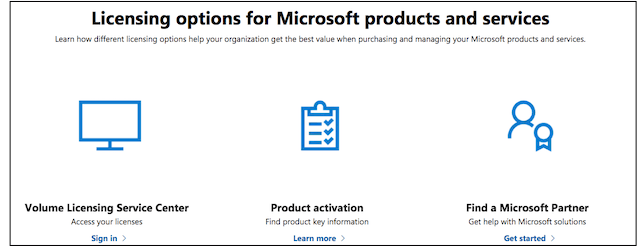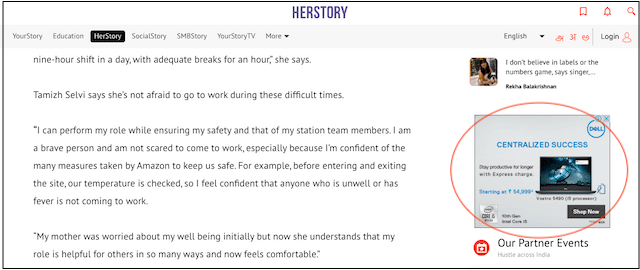According to an article by Prashant Agarwal published in Entrepreneur, for every Flipkart, there are 50 startups that fail in India. The author goes on to point out that a key issue is startups’ lack of an innovative business model and the funds to carry it out. Here we will discuss the various types of revenue models in the hopes of improving your chances of business success.
Having a sound revenue model can change the fate of your business.
A revenue model in business is a conceptual structure that explains how the business will earn money. If you already have a revenue model for your business that is not working or you are exploring different options, then this is the article for you.
In this article, we will talk about different revenue models, and you can choose the one that suits you according to the type of business you’re in. We will also understand how other businesses have applied these models in their businesses.
Let’s get started.
1- Selling products or services
A popular revenue model is to sell products or services digitally, from your own website or a marketplace.
You can think of providing services around your expertise and selling those services online. For example:
- Designing websites or apps
- Social media marketing services
- Becoming a virtual assistant
Individuals and businesses are not only selling digital services but also products such as:
- Digital downloads
- eCourses
- MP4s
- Music
All an eCommerce revenue model like this needs is the addition of an electronic payment system to your website that can receive the payment and send the digital product.
This model also encompasses marketplaces like Amazon or Flipkart. Except in this case, you don’t own or manage the website — you simply list your products or services for sale on it.
Another new variant to eCommerce revenue models is dropshipping, where you set up a storefront, sell products and collect the payment. You are free from the hassles of managing the inventory, warehousing and packaging, etc. This is taken care of by the seller/manufacturer.
2- Subscription
In a subscription-based model, businesses charge their customers on a recurring basis (every month or every year).
This revenue model relies on creating consumer habits. As long as the buyer is satisfied with your product or service, they’ll continue the subscription.
Remember, as a child, we used to take subscriptions of our favorite comic books? Now, in today’s time, think of your:
- Gym subscription
- Amazon Prime
- Uber Pass
- Newspaper
- Business magazines
Subscription examples are everywhere.
The number of subscription-based businesses globally has grown more than 100% over the last five years. A study in India found that this model not only boosts revenue by 37% but also decreases the churn rate by 8%.
The biggest advantage of this model is that it provides a steady stream of income.
This revenue model is used by many SaaS-based (Software as a Service) and service-based companies.
Here’s an example of how Chennai-based Cocoatrait uses the subscription revenue model:

3- License
If you have a business around intellectual property that is patented, copyrighted or trademarked, then licensing is a good revenue model. Licensing is also a very popular model for SaaS-based businesses.
Generally, the license is limited based on time/product/territory or volume.
For example, Microsoft sells licenses on a per-device-basis, while Adobe offers licenses per application instance.

For SaaS companies, selling is one option and the other one is licensing. Similarly, ShutterStock has two options: either you can take the membership or you can purchase the license.
4- Freemium
Freemium is a type of revenue model where businesses offer a free plan for their new customer to have a taste of what they sell.
More than a revenue model, this is a strategy to gain customers and decrease the Cost of Acquisition (CoA).
Due to the changing dynamics of marketing, this revenue model has helped many businesses bring the cost of gaining a new customer down by 20 to 25%.
This is a popular revenue model among SaaS-based businesses such as Dropbox, Freshdesk and Mailchimp.
5- Advertising
If you have a website, you are a media owner — that’s right, just like the Times of India.
The oldest method of making money for media owners has been advertising.
There are numerous variants of this model. You can charge businesses to advertise on your website according to the cost per:
- Click
- Space
- One thousand impressions
For example, Google earns money from ads they place on search results pages, LinkedIn from recruitment ads, Facebook from promoted content and YouTube earns from video ads.
I would advise going for this model only if you get good and consistent traffic. However, you can combine this revenue model with any other revenue model and increase your cash flow.

Here’s how YourStory uses this model:
6- Affiliate
Another popular revenue model among content-focused businesses is linking to another company’s goods and services.
This revenue model is suitable for bloggers and influencers who have a good following and whose recommendations are heeded by their fans.
Amazon and Etsy have their own affiliate programs; almost every software company has them.
The publisher (that’s you) gets a small fee every time a sale is made through their affiliate link.

Here’s Amazon’s affiliate program that you can join and start earning:
7- Donation
Many businesses run on donations and funds from the government and individuals. Two examples of this are Khan Academy and Wikipedia.
If you’re wondering if this actually works, it does (people are more kind than we think).
However, this revenue model is not for all businesses. Some of the niches where it works well are:
- Education
- Open-source tools and software
- Service-based businesses
- Non-profit groups
To make it work for other industries, say restaurants, you may need to set up a couple of parameters like establishing a minimum payment.
7 revenue models to choose from
In this article, we discussed various types of revenue models for your business. If you noticed, choosing the right type of revenue model depends a lot on what type of business you own or plan to start.
Not every revenue model works well for every business.
With various examples, we saw how content-based businesses or SaaS-based companies or even businesses based on intellectual property can make money. Based on these examples, not only you can choose the right one for you, but you can also try a combination and see what works the best.





